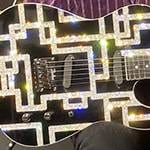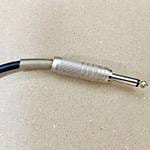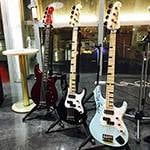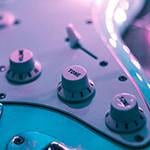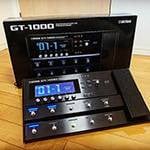■ Before Testing the NAUTILUS EP-1 Electric Piano Simulated Sound Engine
This time, I planned to cover the electric piano simulation engine on Korg’s workstation synthesizer, the NAUTILUS.
However, before diving into that, I thought it might deepen the appreciation for the simulated electric piano sound if I first shared some background on the evolution of electric pianos and some surrounding trivia on the Rhodes piano.
So, rather than presenting a chronological history, I decided to write about various electric piano-related topics filtered through my own experiences.
The electric piano simulation engine installed in the NAUTILUS is Korg’s EP-1 MDS Electric Piano.
MDS stands for Multi-Dimensional Synthesis, a system that separates the electric piano sound into pitch and noise components, allowing each to be individually controlled. This enables the creation of natural-sounding electric piano tones, which traditional sampling methods could not achieve.
When I listened to the preset sounds, I felt a genuine sense of, “Wow, electric piano sounds have come so far.”
Of course, for younger readers, that sentiment might prompt the question, “Exactly how far have they come?”
So, let’s take a time trip back to around 1977—the dawn of the electric piano era when I first started playing—and look back at what things were like back then.
■ The Ups and Downs in the History of the Electric Piano
When I was a student in the late 1970s, I used to play electric pianos like the Electone by Columbia, the Yamaha CP-30 (electronic type), CP-70, and a Roland model whose name I’ve since forgotten.
Except for the CP-70, most of these instruments barely sounded like actual electric pianos. To put it bluntly, they didn’t produce an “electric piano sound” at all—they were more like something similar but definitely not the same. A friend of mine who became a pro musician used to jokingly call the Columbia electric piano “Bolombia” as a jab.
At that time, electric pianos fell into two categories:
- One was a mechanical design that mimicked the structure of the Rhodes piano, using hammers to strike tone generators and resonate tone bars—like Columbia’s Electone. - he other used electronic oscillators or semiconductor memory for sound generation.
The former was somewhat tolerable, but the latter... honestly, they were almost unusable. Still, that’s just how things were back then. We thought, “Well, electric pianos just sound like this.”
Everything changed after the release of the Yamaha DX7 in 1983. DX electric piano sounds became the global standard, replacing the Rhodes in many situations. The Rhodes lost its appeal and was nearly pushed out of the spotlight, yet it never fully disappeared, even in that climate.
What really helped improve electric piano sound quality was the rise of sampling technology that was exemplified by the Fairlight, as I wrote about in Entry 233. Thanks to this, manufacturers began releasing instruments loaded with sampled sounds of acoustic pianos and Rhodes pianos.
Sampled sounds are, by nature, near-identical to the real instruments they copy—after all, they are recordings. However, due to limitations in sampling rates, many criticized them as being “not quite the same” as an actual Rhodes piano, especially when it came to the subtle expressiveness that responds to nuanced touch of the keys.
To get closer to the natural sound of a real instrument, it would take more time and technological advancement.
I myself bought a Roland RD-600 electric piano. But in the end, the one that truly sounded the best… was still an authentic Rhodes piano.
■ The Rhodes Piano I Purchased
Now, let’s talk about the actual Rhodes piano I owned.
The Korg Nautilus includes four types of Rhodes piano sound engines. Each Rhodes model varies depending on the era—in terms of tone, the design of the lid covering the tone bars, the keyboard construction, and more.
The Mark I has a rounded, black, dome-shaped lid covering the tone bars. Because of that curved surface, placing a synthesizer on top of it makes it wobbly and unstable, so it was difficult to play. It does, however, have wooden keys with a decent amount of weight, which makes it relatively comfortable to play among Rhodes models.
The Mark II improved on that unstable dome-shaped lid. The top sides of the lid were flattened, creating a more stable surface that made it easier to place synthesizers or other gear on top. There were also wooden-key versions of the Mark II, but the one I played had plastic keys—likely a cost-cutting measure—and the touch was light and a bit uncomfortable to play.
When I was purchasing a Rhodes piano, I had three options to choose from:
the 88-key Mark I suitcase type, or the 73-key stage or suitcase version of the Mark II with the flattened top on both sides of the lid.
One defining characteristic of a Rhodes piano is how beautifully the mid-low range distorts when you strike the keys with a bit of force. The two Mark II models I tried didn’t distort cleanly in that range, the sound lacked depth, and the key touch wasn’t great either—or at least that’s how I remember it.
In the end, I chose the older 88-key Mark I suitcase type. It had that signature smooth distortion in the mids and lows, a satisfying key touch, and just an overall great tone.
Even now, the Rhodes sound I seek is that beautifully distorted mid-low tone that only a good Mark I can deliver.
There are all kinds of opinions and preferences when it comes to electric pianos, but history has proven that the Rhodes piano stands out as the most universally accepted among them.
While the Rhodes briefly lost its position to the DX Rhodes-like sound, it has now come full circle, and even now, the Rhodes sound continues to be cherished.
Of course, Rhodes has its downsides.
Among the LM-type instruments I’ve carried around, only the Hammond and the Leslie speaker were heavier. As someone who plays in a band, I found the Rhodes simply too heavy to move on my own. The tone generators could break, replacements and adjustments were necessary, and realistically, it’s not practical to store tone generators for all 88 keys. Sadly, after owning it for several years, I ended up selling it.
When I opened the lid, the Rhodes was packed with tone bars and tone generators. That sheer physical weight was probably part of its sound, too. I think it was that mechanical honesty—no shortcuts—that made the sound so good.
It’s been more than 40 years since those days, and the current state of electric pianos feels like a world apart. The persuasive power of a sound generated by a mechanical system that physically moves air will always surpass something processed through integrated circuits. And that hasn’t changed even now.
So the question remains—how closely can a synth-based electric piano like the Nautilus replicate the true essence of that vintage sound?
Next time, we will finally dive into testing the Nautilus electric piano.
The “sound & person” column is made up of contributions from you.
For details about contributing, click here.





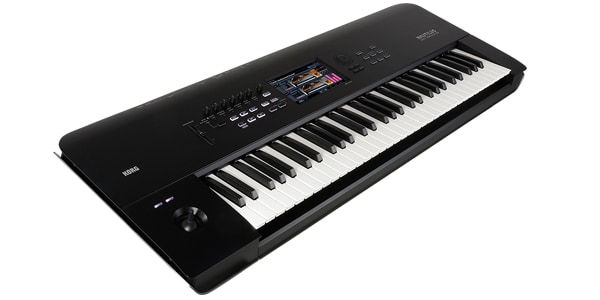

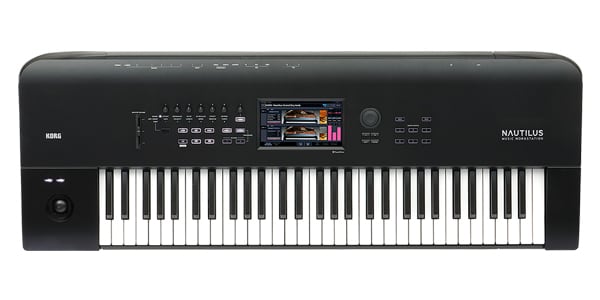
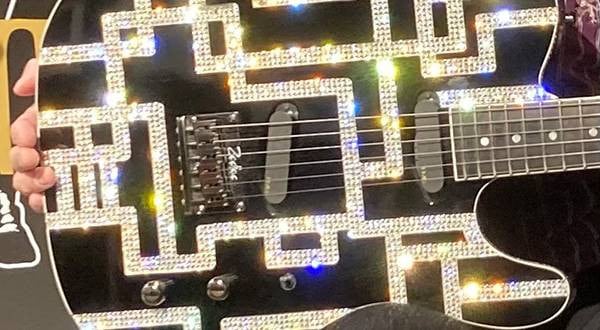
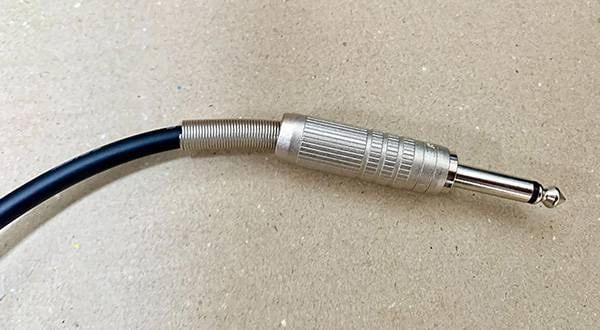

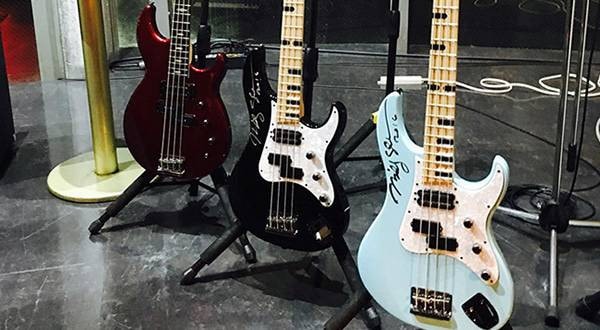
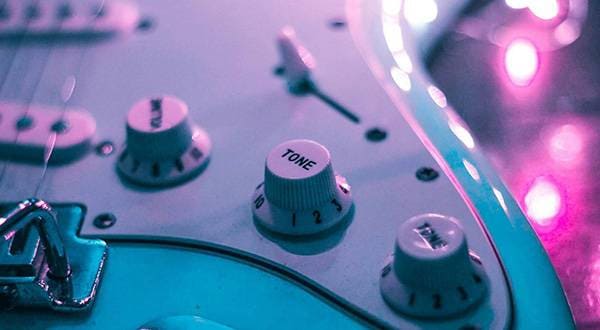
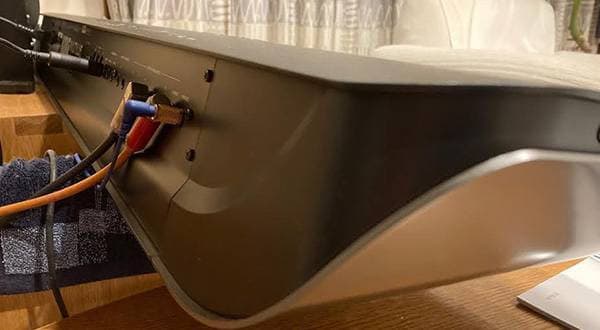
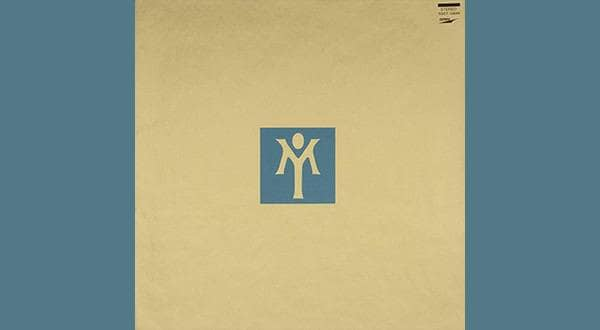
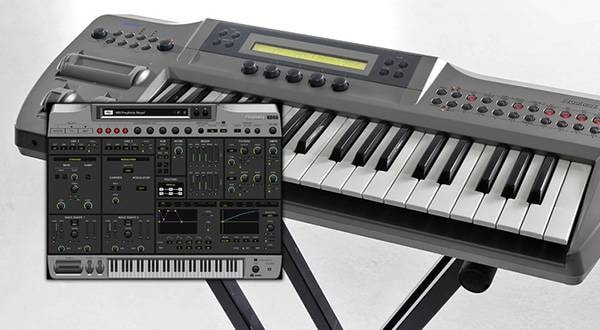
![[2025 Latest Edition] Choosing a Synthesizer/Popular Synthesizers Ranking](/contents/uploads/thumbs/2/2022/9/20220916_2_19446_1.jpg)
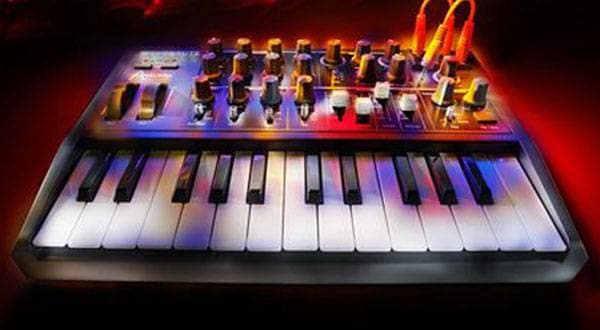
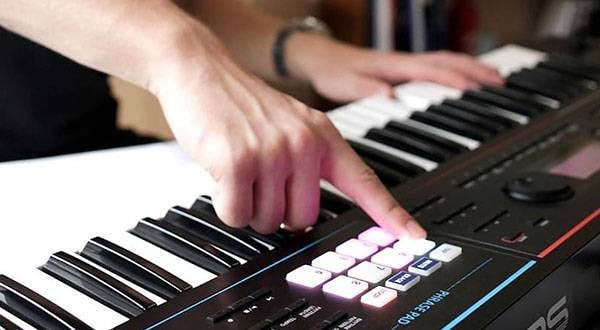
 エレクトリックピアノ 入門ガイド
エレクトリックピアノ 入門ガイド
 シンセサイザー 入門ガイド
シンセサイザー 入門ガイド
 VISCOUNT特集ページ
VISCOUNT特集ページ
 PLAYTECH 鍵盤特集
PLAYTECH 鍵盤特集
 おすすめの電子ピアノ
おすすめの電子ピアノ
 キーボードスタートガイド
キーボードスタートガイド
